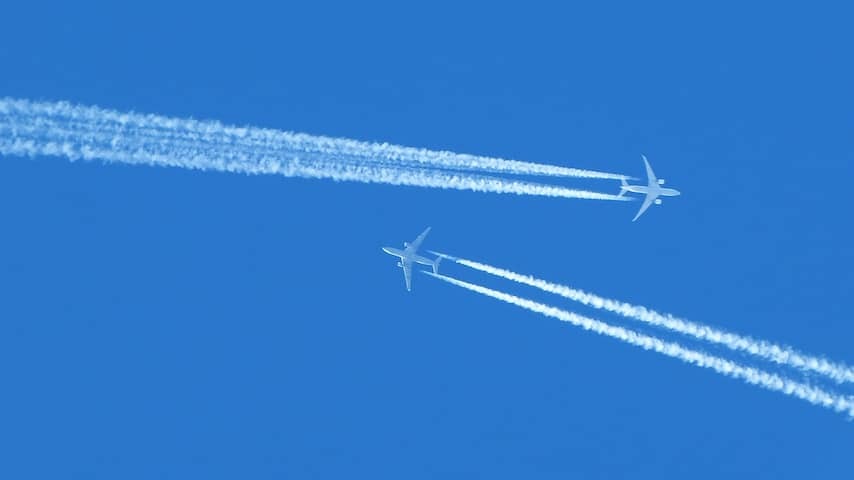
A Chinese passenger plane and a cargo plane narrowly missed each other over Siberia. The incident occurred in early July but came to light last week. With only a 90-meter difference in altitude, they came “very close,” according to aviation expert Joris Melkert.
The incident between the Air China Airbus A350, carrying approximately three hundred passengers, and the SF Airlines cargo plane happened in the early morning of July 7 (local time). The news only emerged a few days later through the Chinese newspaper South China Morning Post and the Italian newspaper La Repubblica.
In both cockpits, the alarm system went off beforehand to warn that the planes were getting too close to each other. This is the so-called TCAS alarm (traffic alert and collision avoidance system). The pilots of the cargo plane reportedly warned air traffic control. Air traffic control then allegedly gave the order to take evasive action.
“First, you get an advice, about fifty seconds before an expected collision,” Melkert explained to NU.nl on Thursday. “Then, an order quickly follows.” He estimates that the warning time for that order was about 35 seconds at that altitude. That’s “very little time,” he says. But pilots are trained for this.
The problem reportedly arose because the passenger plane flew upwards, putting the planes on a collision course. According to the South China Morning Post, it is not yet clear why the passenger plane did that. An investigation is reportedly underway to determine whether Russian air traffic control gave the order to do so.
According to the Chinese newspaper, the audio recording would indicate that there may have been communication problems between Russian air traffic control and the passenger plane. “Are you ascending with permission or without permission? Please confirm,” can reportedly be heard in a recording. “No, thank you,” followed as an answer.
Aviation analyst Luk De Wilde does not find it surprising if there had been miscommunication between air traffic control and the cockpit. According to him, this happens more often in “countries where people are not so proficient in English.”
In general, De Wilde finds the incident “not that exceptional.” He suspects that every pilot has had such a warning once: due to a mountain or another aircraft. “This has now made the media, but I think there are also incidents that do not make the media.”
Melkert agrees. “Unfortunately, intervention by the aircraft themselves happens a few times a year.” According to him, that is not surprising with 100,000 flights per day. But he thinks it is very close that the planes missed each other by about 90 meters here.
According to Melkert, planes travel a kilometer every four seconds. “That means it came very close,” says the aviation expert. “Fortunately, it ended well, but this should not have happened.”
To prevent such collisions, there is the aforementioned warning system. If planes fly within a height of 304 meters and a horizontal distance of 9.3 kilometers from each other, an alarm goes off. Melkert describes it as a kind of checkerboard shape that surrounds an aircraft. “If those checkerboards touch each other, we already speak of a near-collision.”
Because planes go so fast, the alarm systems also indicate what the pilots should do. In this way, it is prevented that the pilots, for example, evade to the same side. “That system really starts shouting what the pilot should do, because the pilot no longer has the time to think for himself,” says Melkert.
“There was obviously a risk present,” De Wilde reflects on the incident over Siberia. But he emphasizes that it almost never goes wrong when planes fly at this altitude. The landing is the crucial phase. “Crashes in full flight almost never happen.”